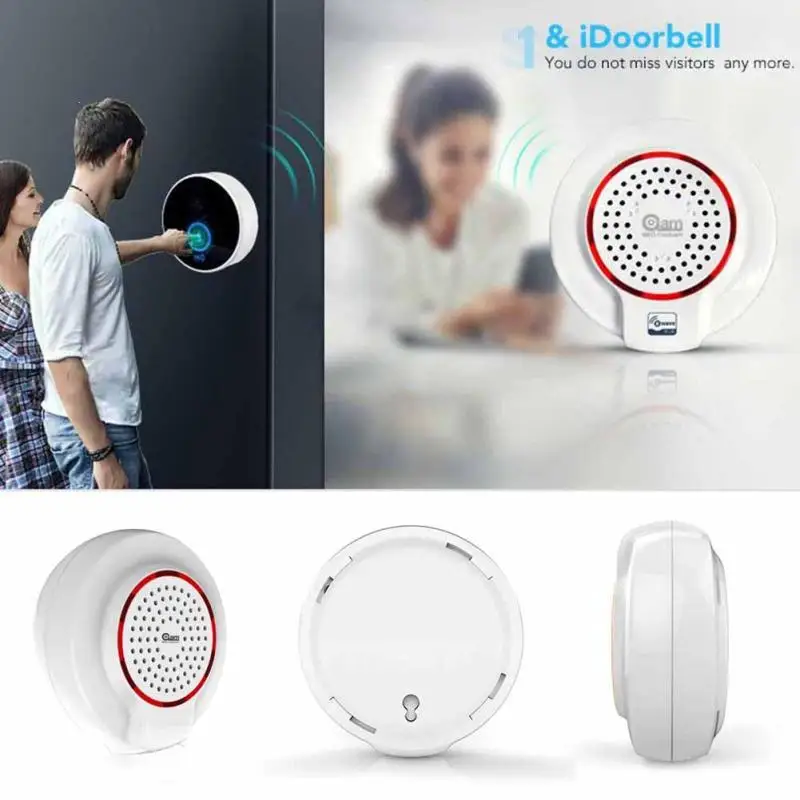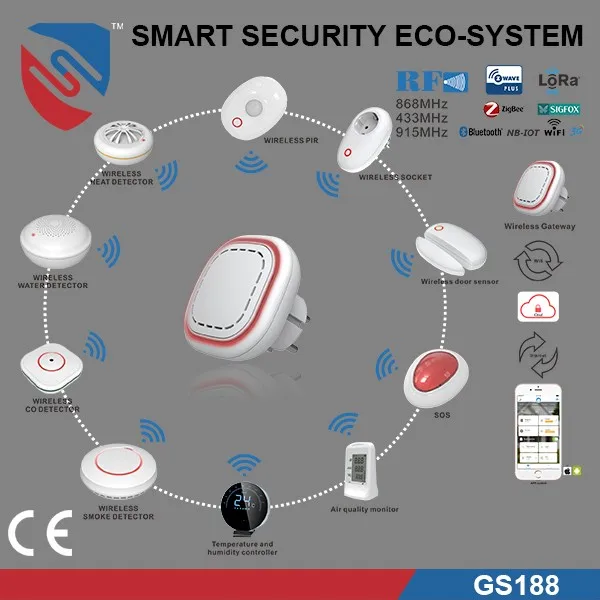

Technically speaking, the main difference between the two is the data throughput – Z-wave is roughly 6 times slower than Zigbee.

Similar to Zigbee, Z-Wave is an open source mesh network protocol. It’s used on WeMo and Philips Hue, for example. Zigbee can be built in dimmers, door locks, thermostats, and more. That is: it uses a device to relay a signal to other devices, strengthening and expanding the network. Zigbee is a wireless protocol which operates in a mesh network. Designed to allow the devices in its protocol to communicate even when the WiFi network goes down. ThreadĪ wireless protocol developed by a group of companies including Nest, Samsung, QUALCOMM, and OSRAM. Its adaptive frequency hopping system detects existing signals, such as WiFi, and negotiates a channel map for the Bluetooth devices in order to minimize interference. BluetoothĪ short-range (around 10m) wireless protocol often used on phones, headphones, and speakers.

WiFiįast and reliable wireless communication, with a range of around 25m. Ethernetįast and reliable wired communication, with a range of up to 100m and low susceptibility to electromagnetic interference. It’s the number one choice for remote controls, like the one for your TV. One of the simplest and most reliable protocols, normally offering one-way communication. Protocols for Smart Home Devices Infrared If you’re among the early adopters DIY enthusiasts, you might want to get acquainted with the most popular protocols before adding new devices to your own ecosystem. Protocols are ‘spoken’ via wireless or wired layers. Alternatively, they can develop on a private basis, where only a certain manufacturer is allowed to use the protocol, or the protocol is open to multiple manufacturers who must first acquire a license to use it, like Zigbee. Those groups can be “open” and let virtually anybody use the protocol, like KNX and Z-wave. Understanding the differences between protocols is essential when choosing devices for an automated ecosystem, as each protocol has varying pros and cons depending on the application.Ĭommunication protocols are developed by consortia, organizations, or associations whose members discuss and agree on the details of the ‘lingo’, describe them and may even build hardware samples to demonstrate them. Protocols are all about how signals are sent from one device to another in order to trigger an action, such as turning the lights on and off. To do so, they need to speak the same language, i.e. In a safe connected world, smart products must be able to exchange information with multiple devices.


 0 kommentar(er)
0 kommentar(er)
